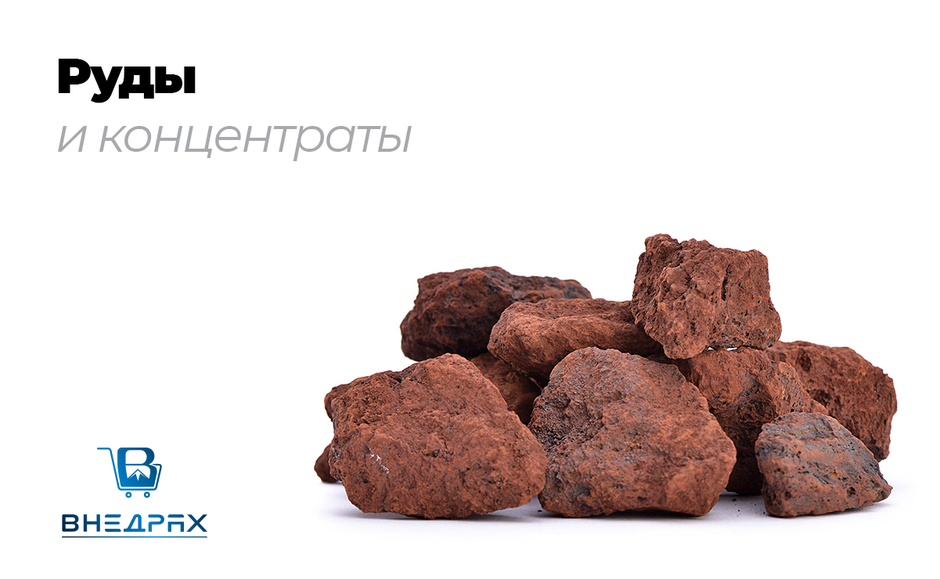Mercury(II) fulminate
Mercury(II) fulminate General Physical properties Thermal properties Classification Safety Mercury(II) fulminate Systematic name mercury fulminate Traditional names mercury fulminate Chem. formula Hg(CNO)2 State solid Molar mass 284.63 g/mol Density 4.3 g/cm³ Temp. 180 °C T. alloy 130—150 °C Reg. CAS number 628-86-4 PubChem 11022444 Reg. EINECS number 211-057-8[1] SMILES [show] InChI [show] UN number <-- UN number --> ChemSpider 9197626 Toxicity Data are based on standard conditions (25 °C, 100 kPa) unless otherwise stated. Preparation Mercury fulminate is prepared by reacting mercuric nitrate with ethanol in dilute nitric acid. The reaction proceeds according to the following scheme: First recipe: Take 5 g of pure mercury and mix it with 35 ml of nitric acid. Heat the mixture slowly and with constant monitoring. As soon as bubbles appear in the solution and it begins to turn green, the moment of dissolution of the natural silver amalgam comes. After dissolving the mercury, the solution is slowly poured into a small flask with ethyl alcohol. This produces red vapors. After half an hour or so, the red vapor turns white, indicating that the process is entering its final stage. After a few minutes, add distilled water to the solution. After this, the entire solution is filtered to isolate small white crystals. These crystals are pure mercury fulminate. It is necessary, however, to wash, and possibly repeatedly, when using litmus paper for control, which makes it possible to detect the presence of undesirable residual acid in the crystals. Second recipe: Mix one part of mercuric oxide with ten parts of ammonia solution. When determining ratios, it must be taken into account that coefficients are always calculated by the weight of the substance rather than by its volume. After a holding period of 8-10 days, you can verify that the mercury oxide and ammonia solution have formed a certain compound as a result of the reaction - white crystals of mercury fulminate. These crystals are subject to the same treatment and the same techniques as in the first method above, with repeated washings and several tests with litmus paper. Properties White or gray crystalline powder, insoluble in water. It has a sweet metallic taste and is poisonous. Bulk density 1.22-1.25 g/cm³. Heat of decomposition 1.8 MJ/kg. Flash point: 180°C. The lower limit of sensitivity when a load of 700 g falls is 5.5 cm, the upper limit is 8.5 cm. Gravimetric density is 4.39 g/cm³. It easily explodes upon impact, flame, hot body, etc. When heated carefully, mercury fulminate slowly decomposes. At 130-150 °C it spontaneously ignites with explosion. Wet mercury fulminate is much less explosive. The humidity of mercury fulminate, pressed into the detonator capsule, should be no more than 0.03%. Mercury fulminate is highly soluble in aqueous solutions of ammonia or potassium cyanide. Concentrated sulfuric acid causes an explosion in one drop. The explosion temperature of mercury fulminate is 4810 °C, the volume of gases is 315 l/kg, and the detonation speed is 5400 m/sec. Mercury fulminate is produced by the action of mercury nitrate and nitric acid on ethyl alcohol. Used in detonator caps and igniter caps. Toxicity The lethal dose of mercury fulminate is 0.5 g. Price per 1 kg. Formula Hg(CNO)2 Density 4.3 g/cm³
No reviews found



